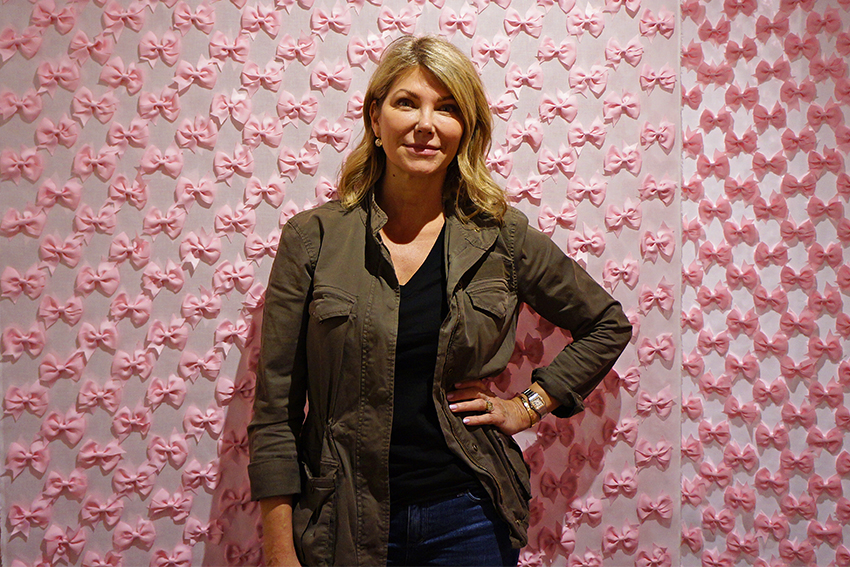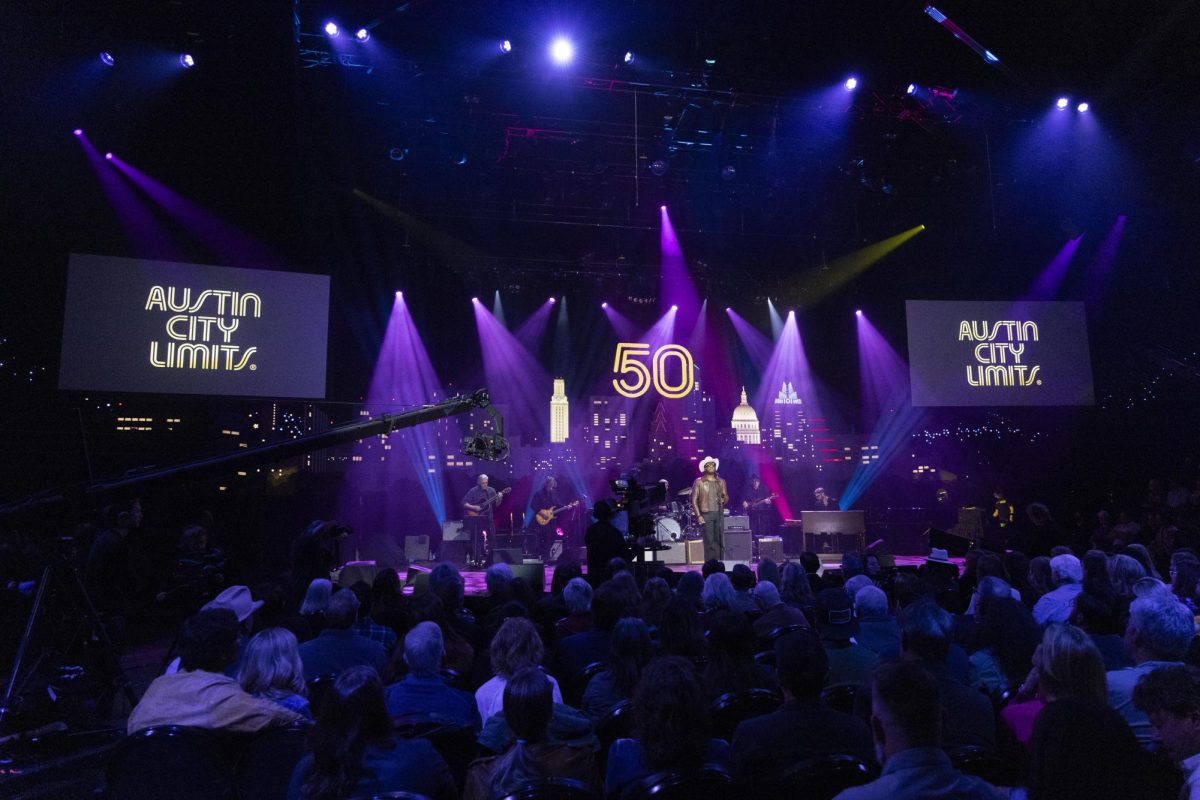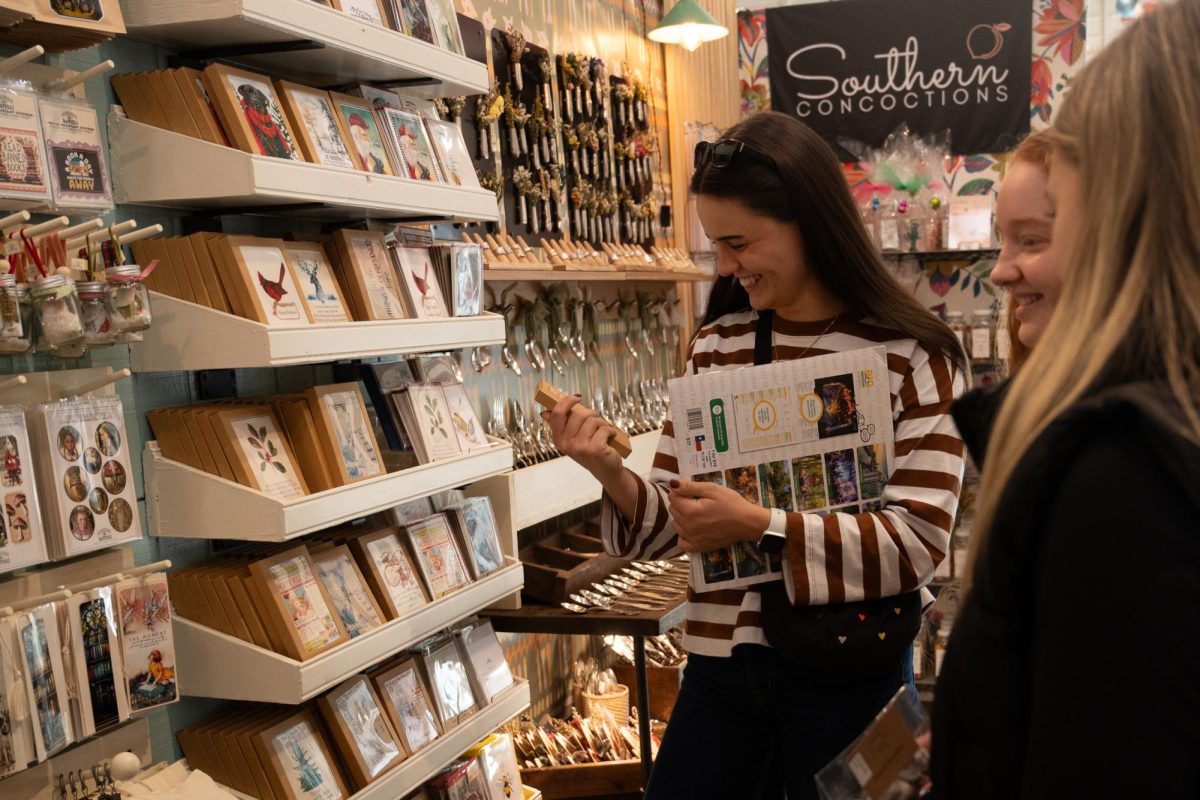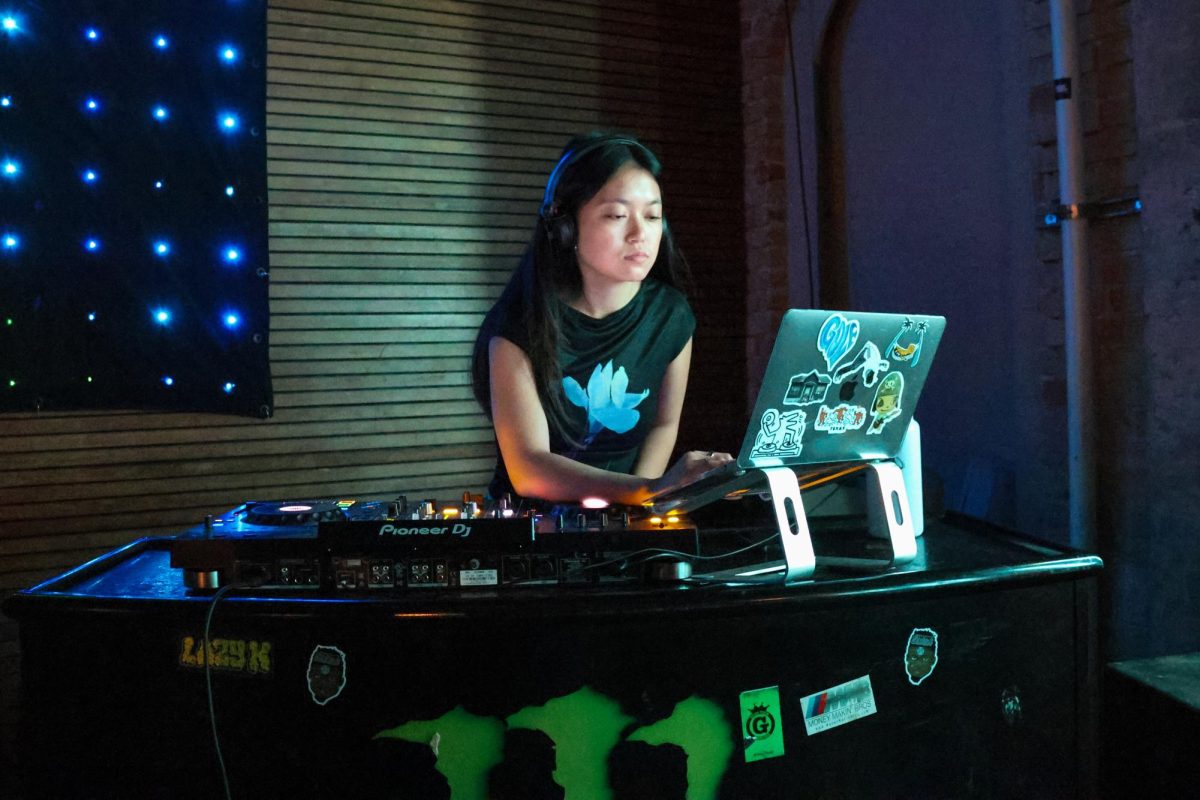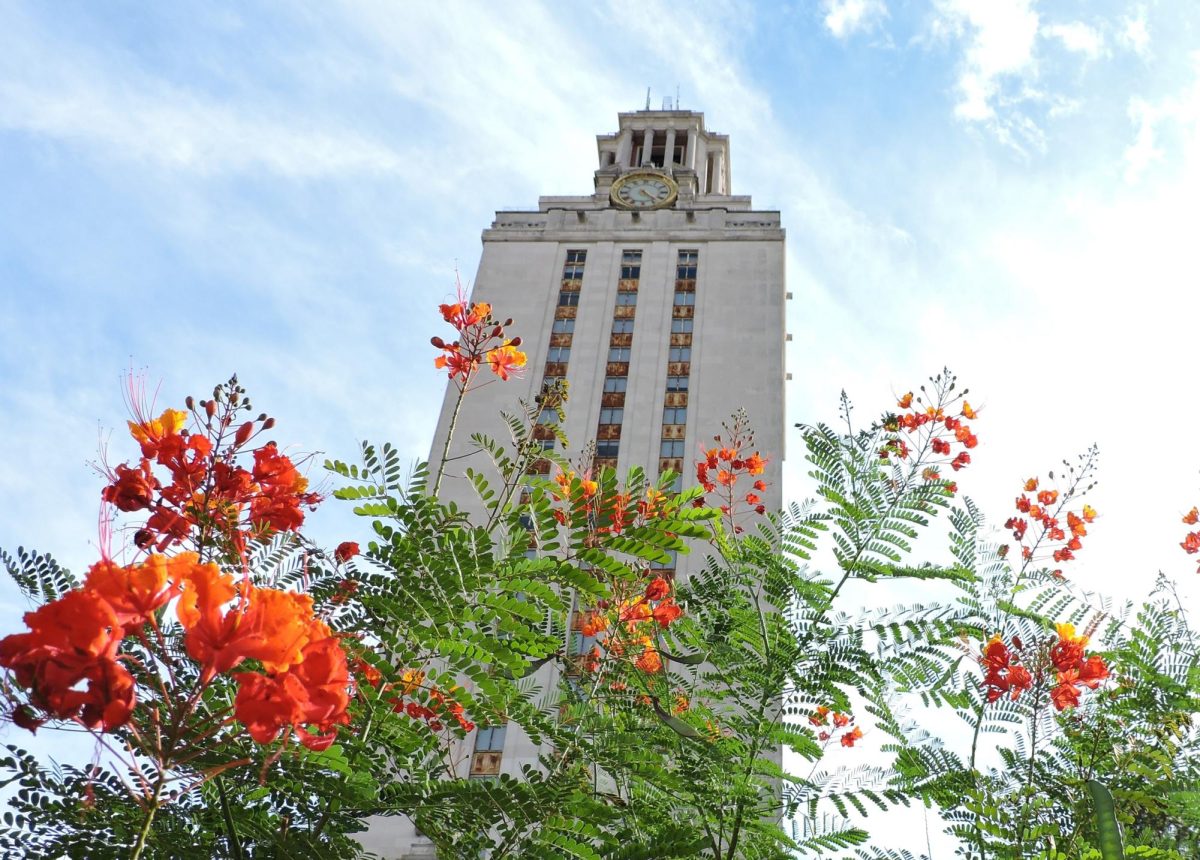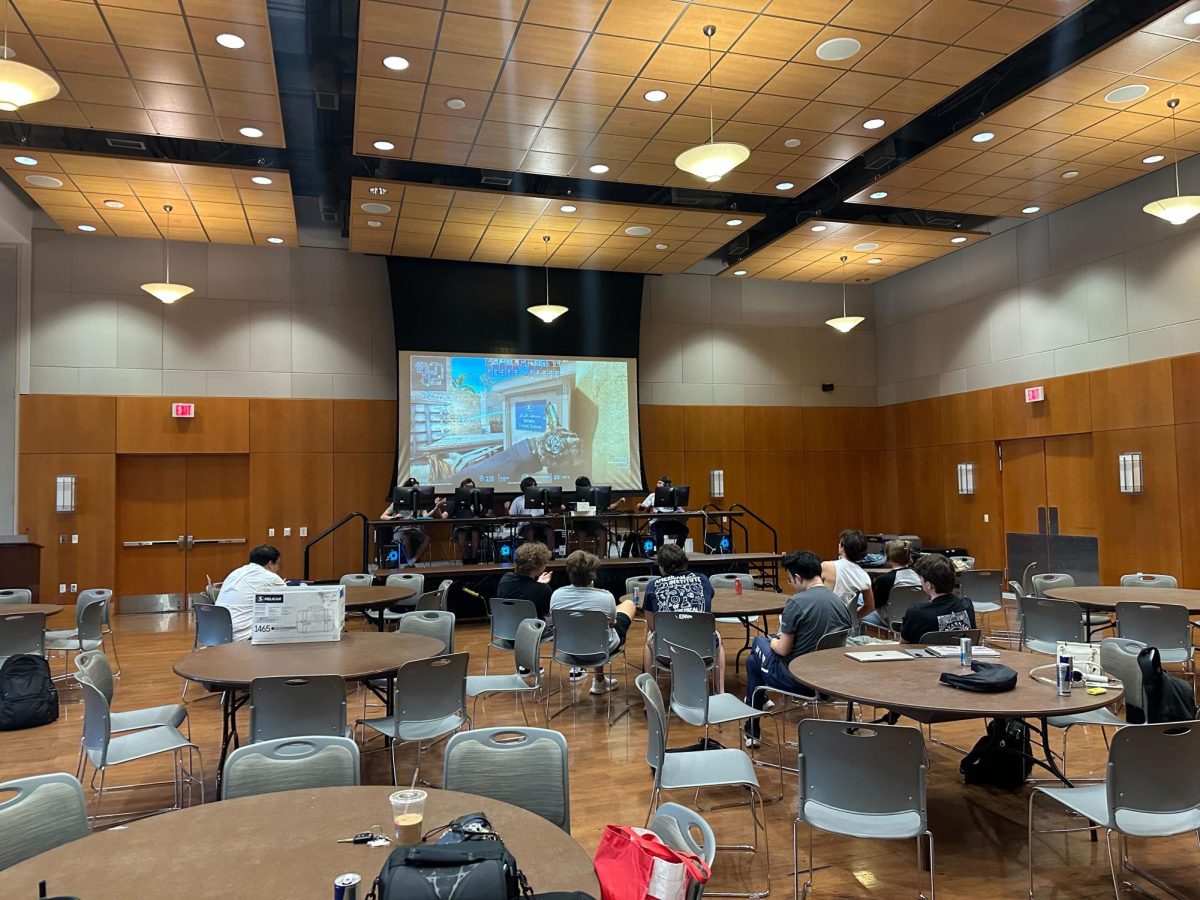Fifty-two thousand pink hair bows hang from the ceiling of Gallery Shoal Creek, awaiting the attendance of art lovers and supporters of Austin artist Karen Hawkins’s The Pink Bow Project. In conjunction with National Child Abuse Prevention month, the exhibit will raise awareness for childhood sexual assault and abuse. In anticipation of her grand opening, Hawkins shared her vision with The Daily Texan.
Daily Texan: At its core, what is The Pink Bow Project?
Karen Hawkins: The Pink Bow project is kind of my response to the prevalence of child sexual abuse in our country. It is about the statistics, which I found that I was really surprised by. But it’s also about the voices that are not a part of the statistics.
DT: Why pink bows?
KH: For the past year, as our national conversations have become swirling around sexual abuse and sexual violence, I was compelled by my own personal history to figure out some way to use this as a platform. I chose the pink hair bow because it seemed like, as a female, it was this ubiquitous symbol of a girl’s childhood, her innocence. Statistically, in our country there (are) about 63,000 substantiated cases of child abuse in the US annually. Of those, almost 52,000 of them are female, under the age of 18. So I wanted to put a hair bow up for every female under the age of 18 who has a substantiated case of child sexual abuse.
DT: How and why did you choose Austin to exhibit this project?
KH: This is my hometown. I’ve been here 52 years. I also thought that it was really important to do it here because there are many people who know me in this town. I’ve been a part of our community socially, and even though I’ve known people for decades here in Austin, most of them did not know this part of me. When I started this project, what I discovered is that some women that I’ve known as acquaintances in various social circles, we didn’t know this about each other. It just kind of reaffirmed for me the need to do it.
DT: What has been your experience with the public responses?
KH: I’ve has some incredible responses so far, especially on social media through Instagram. There’s a group of teenagers who have really rallied behind this, spreading the word everywhere; they are survivors themselves. I am so impressed by the young voices out there that are so much braver and courageous than I was at their age.
DT: How do you hope this exhibit will affect people?
KH: I am hoping that just by coming in here and seeing the sheer numbers, that people will feel more compelled to talk about this. Child sexual abuse is very hard to talk about. I want them to be able to talk about it with their siblings, their parents and with their own children, and make it something that is no longer hidden in the shadows of society.
DT: What is your perspective of your work? How does it affect you?
KH: For me, when I walk through it, I have a very different perspective, I’m sure, than other people do. It reminds me, as I’m walking through these panels, that I’m not the only one, that there’s more and I’m not alone. If I can provide that same comfort to people who are victims of childhood sexual abuse, to come through here and just feel like they’re being held and being recognized as part of a really strong community, then that would be one thing that I hope they take with them.

